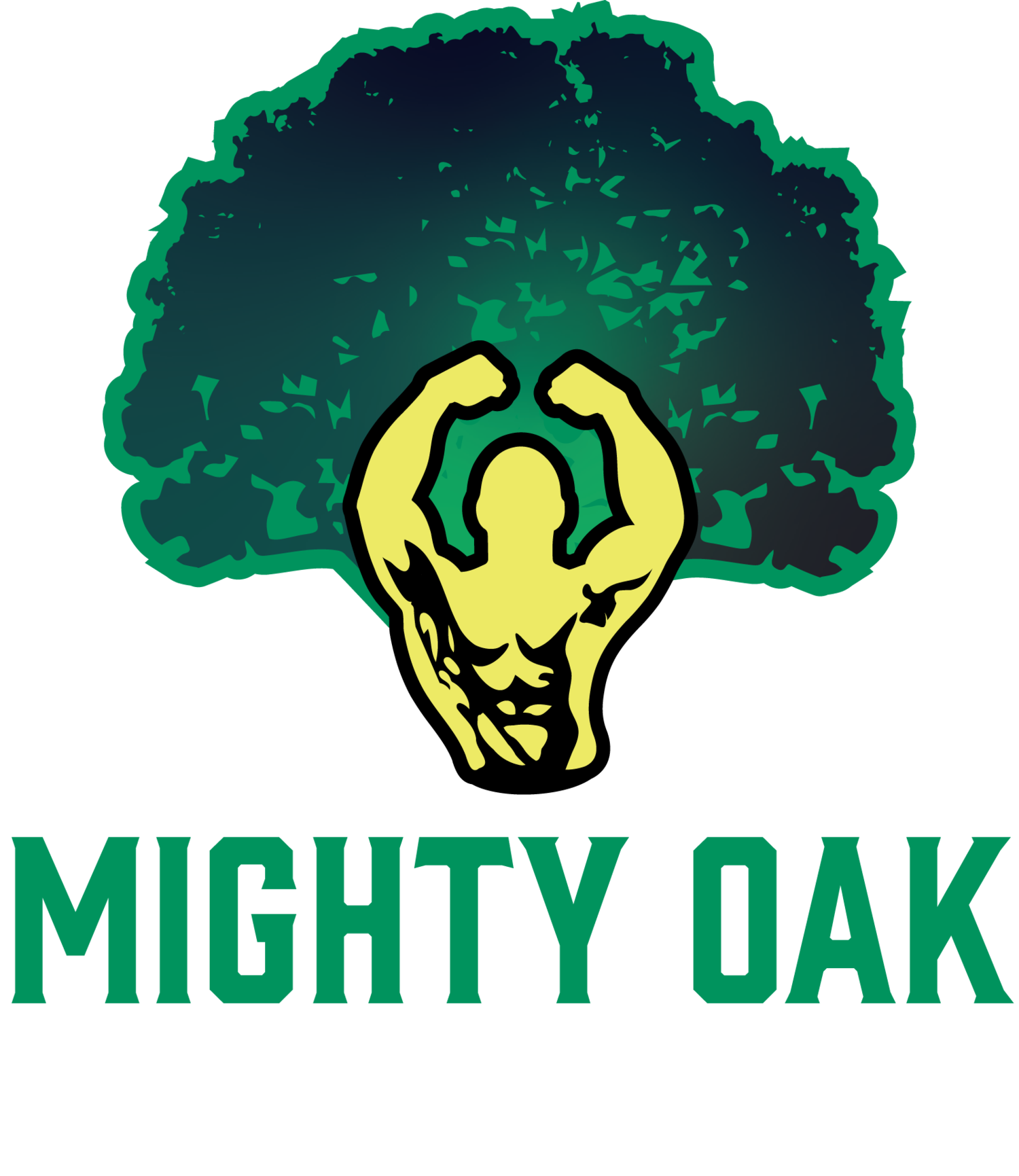The Surprising Reason Why Pull-Ups Are Great for Your Abs
The Power of Pull-Ups for Ab Strength and Development
When it comes to building core strength, the traditional pull-up might not be the first exercise that comes to mind. However, recent research shows that pull-ups can be highly effective for strengthening your abs, particularly the rectus abdominis (RA) muscle.
A study titled “A Comparison of Muscle Activation during the Pull-up and Three Alternative Pulling Exercises” found that the RA, a key muscle in your core, is highly activated during pull-ups. This makes sense because, during a pull-up, your core works hard to stabilize your body as you lift yourself up and lower yourself down. The study showed that the RA was the most active muscle group for all participants performing pull-ups, indicating significant core engagement throughout the exercise.
Interestingly, the study compared the traditional pull-up to three alternative pulling exercises: the kipping lat pulldown (k-LP), suspended lat pulldown (s-LP), and assisted pull-up (aPU). Among these, the k-LP most closely matched the muscle activation pattern of the traditional pull-up, especially during near-maximal efforts. This suggests that if you’re looking to target your abs effectively while working on your pull-up strength, the k-LP could be a great alternative.
For those new to pull-ups or looking to enhance their core workout, here’s a simple approach to incorporating pull-ups into your routine:
1. Start with Assisted Pull-Ups: Use a resistance band or an assisted pull-up machine to help support your weight as you build strength.
2. Focus on Form: Keep your body rigid and engage your core throughout the movement. Avoid swinging or using momentum to complete the pull-up.
3. Progress Gradually: As you get stronger, gradually reduce the assistance until you can perform pull-ups unassisted.
4. Incorporate Variations: Mix in kipping lat pulldowns and other pulling exercises to keep your workouts diverse and challenging.
Remember, consistency is key. Regularly performing pull-ups and their variations will not only improve your upper body strength but also give your abs a solid workout, contributing to better core stability and overall fitness.
By including pull-ups in your fitness routine, you’re not just building a stronger back and arms but also developing a powerful core that supports all your physical activities. So next time you’re at the gym, don’t forget to hit the pull-up bar and give your abs the workout they deserve.
